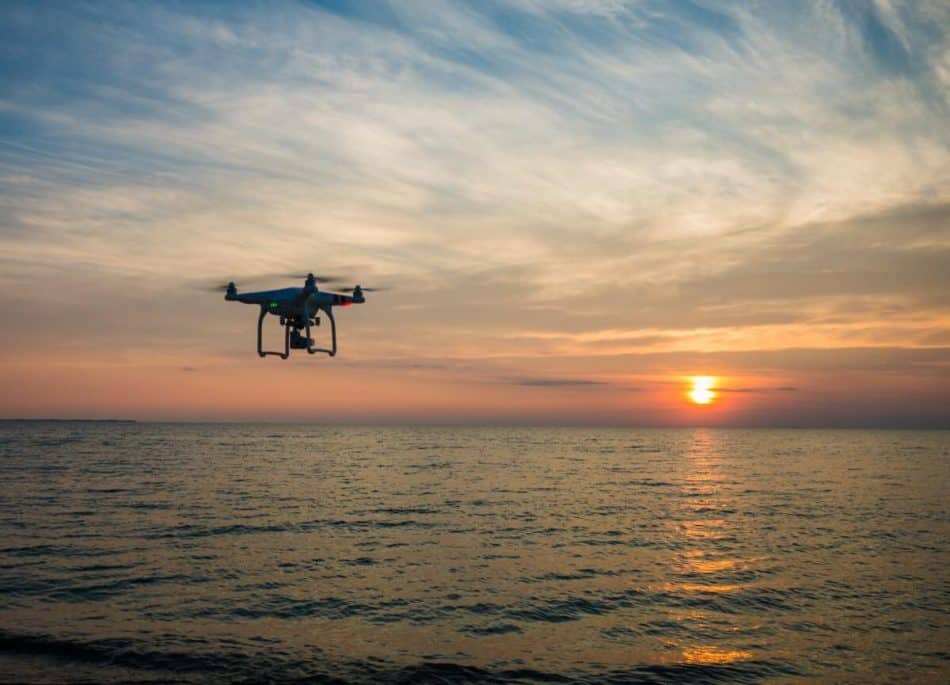
Can I Fly My Drone Off a Boat? Does It Need A Lifejacket?
Operating a drone from a boat can be both an exhilarating and intimidating experience. Some go into this activity unprepared and end up with disastrous consequences, while others are too afraid of the risks even to attempt such a feat. Let us address whether these concerns are warranted and what to do the lessen them.
Can I fly my Drone off a boat? Yes, flying a drone from a boat is doable. It requires adjustment, practice, and a new awareness of your surroundings as well as an understanding of the technical features of your particular Drone.
Flying a drone from a boat can make it harder for its vision positioning sensors and optical sensors to adjust, and thus requires extra patience, practice, and skill.
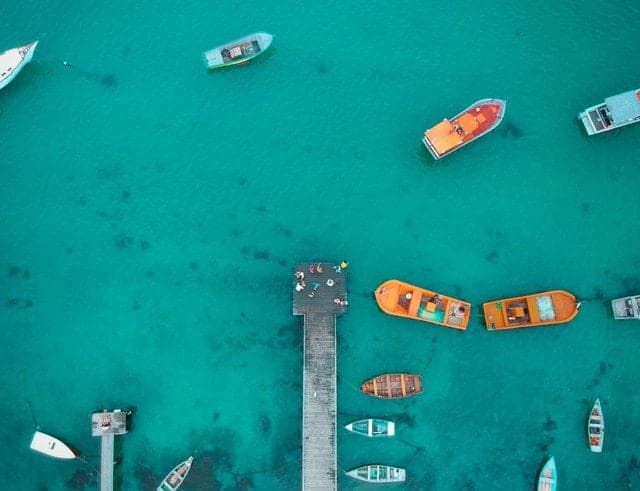
What’s The Point Of Flying A Drone Off A Boat?
Flying a drone from a boat creates opportunities for capturing beautiful, stunning and unique imagery that images taken on land cannot always compare to.
While piloting a drone from a vessel can be more complicated than flying one on solid ground, it is a skill that can be learned and facilitated with proper preparation by the pilot.
Drone operators should thoroughly research what it takes to fly a drone from a boat before attempting, as the procedures are different than what they would consider typical.
Failure to educate yourself leaves you unprepared and liable to lose control of your Drone and to potentially cause another person harm as a result.
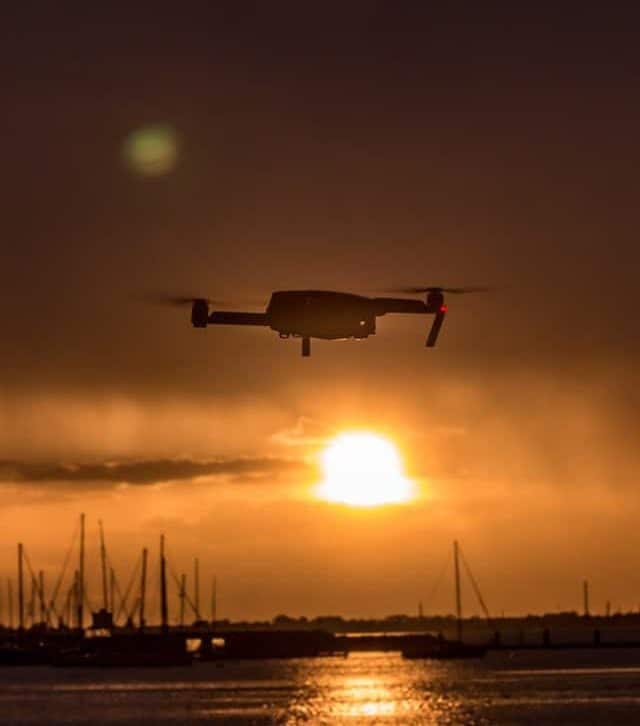
Tips For Flying a Drone Off a Boat:
- First, be aware of the Return to Home feature if your Drone has, it will be problematic. Chances are when it “Returns to Home” the boat won’t be there! So if far out to sea or in the middle of a Lake disable this feature
- Be aware of the direction of the wind and currents, like the way your boat drifts will affect the way you land your Drone
- Always hold human safety in higher respect than the loss or damage of your equipment. If the boat is bobbing up and down or moving, it can be a challenge to land.
Its recommended that you take off while the boat is not moving. If you do take off while the ship is in motion, taking off from the back of the boat is essential.
If you try to take off from the front of the ship, the forward movement of the vessel will make it seem like your Drone is flying backward, liable to crash into obstacles between the front and back of the boat. Best bet is to make sure the boat is still as possible.
I know from personal experience it’s a bit of a challenge to take off, more so land when the boat is bobbing in the water.
Landing your Drone on a boat can be very difficult if the ship is still in motion.
The Fine Print (Cover My A$$)
Some people recommend having someone else hand-catch the Drone by the legs. However, if you attempt this, you should wear thick safety gloves, shatter-proof safety glasses, and a hard hat. Hand catching can cause serious injury if done incorrectly.
My Real-World Tip Practice hand catching several times on land before attempting it over water, as it is more complicated than it sounds and may require repetition to grasp fully. ON A BOAT I ALWAYS SIT DOWN TO AVOID LOSING MY BALANCE WHEN HAND CATCHING.
Always hold yourself responsible for being as prepared as you need to be to ensure the safety of yourself and others and their property.
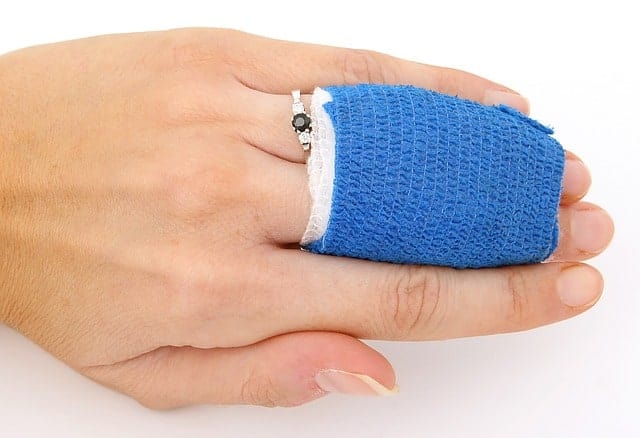
How to Fly a Drone Over Water
Flying a drone over water can be dangerous and challenging. Pilots should adhere to the following tips to best ensure safety to all parties involved as well as the Drone and its environment.
Tips For Flying a Drone Over Water:
- Be sure ahead of time that everywhere your boat will be is a safe-flying zone to avoid breaking the local laws on drone zones
- Calibrate your compass on land before taking your Drone onto a moving ship
- Turn on the Drone only after the boat has stopped moving to avoid confusing the motion sensors and GPS. This allows it to calibrate normally
- If it is within your Drone’s capabilities, set the maximum distance to unlimited
- If your Drone has the option, set the controller as the return-to-home point, ensuring that your Drone returns to you instead of the last spot you were in the water. Alternatively, manually set a location on land as the return-to-home point so that it will automatically return to a safe place on dry land
- Turn off your Drone’s visual positioning system before flying over water to not confuse its sensors with the moving water
Additionally
- Be aware of the weather in the area you plan to fly in
- Avoid flying near objects that may interfere with your drones GPS
system and compass, such as antennas, cell phone towers, magnets, etc. - When launching your Drone, keep it off of and away from metal surfaces, as this may interfere with your Drone’s internal compass
- Take off from the stern of the boat
- Be conscious of the fact that your ship rises and falls with the swells of the waves and this can make it appear as if your Drone is bobbing up and down un-steadily
One other personal tip. I sometimes do this at my Brothers Cottage but be careful, this may not be a good idea, where you are flying, off a boat.
My Real-World Tip The Return To Home Feature is not usable on a boat because the ship is continually moving around. At the cottage, just before I went out on the lake, I would set the Return to the Home point in the back yard of the cabin. If you are too far from land set the return to home point to your controller if available
I was only going out on the lake about a ten-minute flight from the cottage. If something happened, say I lost connectivity with my Drone, it would Return to the backyard of the cabin. You don’t want it to stop and hover, run out of battery and fall in the lake.
It’s an idea I used, but you obviously need to take into consideration where you are flying, how far from land you are, etc.
If you are looking at a good WaterProof Drone read up on this model on Amazon
Safety Tips for Drone Flying on a Boat
When you are flying a drone on a boat, there are several safety tips to keep in mind.
Here are some tips for flying a drone on a boat:
- Do not fly near birds, as some may attack your Drone
- Try to have the vessel steered in the same direction as the Drone is operating to help the pilot stay correctly oriented
- Beware of other wildlife in and around the waters you are flying, especially in the ocean. If you encounter an animal that your Drone could potentially hit, retrieve your Drone
- Do not operate your Drone out of your field of vision
- Sit down when flying from a boat
- Avoid flying near other ships, especially large ones.
- If you are inexperienced with flying a drone over the water, especially from a boat, do not operate your Drone too close to the water’s surface, as the height of the waves is not always easy to discern and underestimating the measurement can cause a wave to take down your Drone.
Always exercise extreme caution and use common sense safety practices at all times
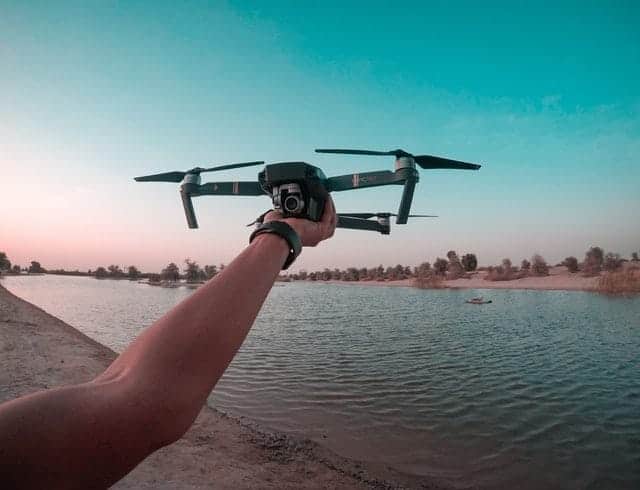
Are Drones Waterproof?
While many drones are water “resistant”, most should not be submerged. Be careful when selecting your “waterproof” drones, as some are splash resistant, but cannot handle heavy rain. Others are waterproof but cannot handle being submerged in saltwater.
Furthermore, even if a drone is thoroughly waterproof, this does not mean that it can take off from and land directly on the water. If that is something you are looking for, you must find a drone that is specifically capable of this. Most drones sink, and the propellers do not work in water.
This Drone from SwellPro is waterproof. Check out our article here
My Real-World Tip There are ways to “waterproof” your Drone yourself. However, these methods are not guaranteed to be 100% effective. AND MAY VOID THE WARRANTY.
One such method is to dismantle your Drone and thoroughly coat each individual part with a hydrophobic coating, avoiding the lens of the camera and battery terminals. Reassemble the Drone and paint it all again. AND MAY VOID THE WARRANTY.
There are also ways to make your drone float, via fixing them to a flotation device of some sort. However, this more often than not results in disaster, as it adds extra weight and is relatively unpredictable. It is not recommended. Did I mention…? AND MAY VOID THE WARRANTY
My Real-World Tip; Forcing a drone to fly against the wind to get back to your boat will drain its battery very quickly. Always be prepared as you’ll need extra time to land your Drone.
Don’t wait too long before you think you need to return. It also takes a little extra time to line up the Drone to land safely if you’re on a boat. Don’t be rushed!
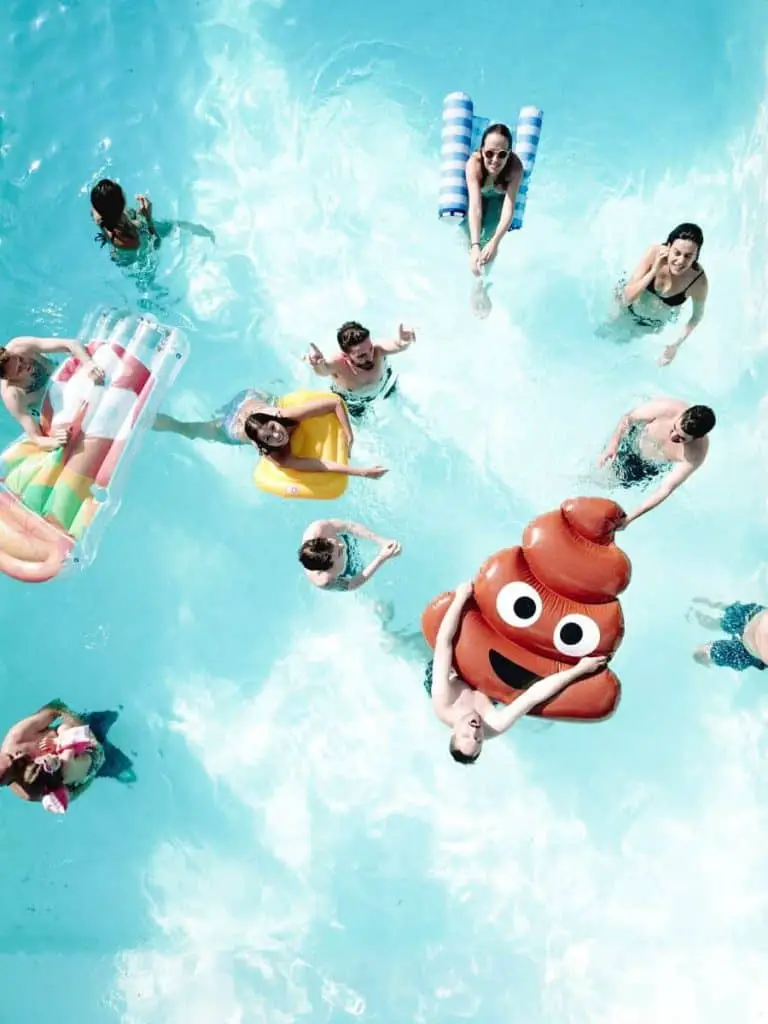
A Final Thought
The last thing you want is to completely exhaust your battery above water and leave it incapable of flying back to your boats position or land on the beach home point.
You may want to turn off your Drone’s automatic landing features. Although these features are meant to help you land your Drone safely on land when you are ready to do so.
On a boat, this can make things more difficult. If the Drones Autoland feature engages far from the boat it usually sinks to the bottom of the lake.
I have flown my drones over water and off a boat many times with no issues. It’s a bit nerve-wracking at first but the pictures and videos you can capture on vacation or at the cottage with family are really worth it.
If you do your homework, you’ll have no issues. Safe flying and stay out of the lake!
